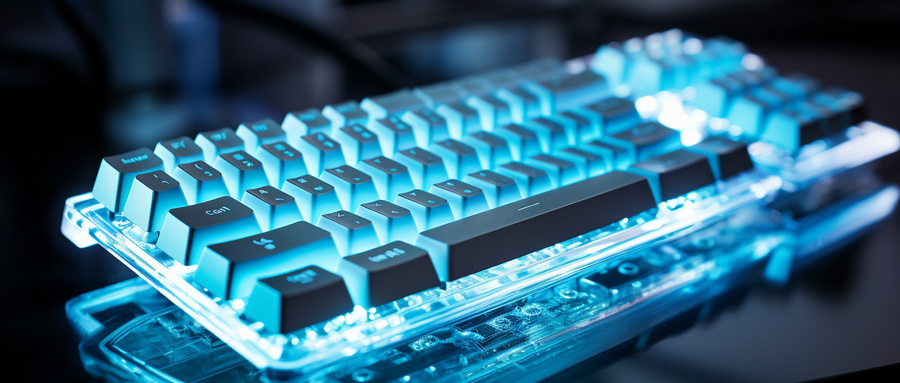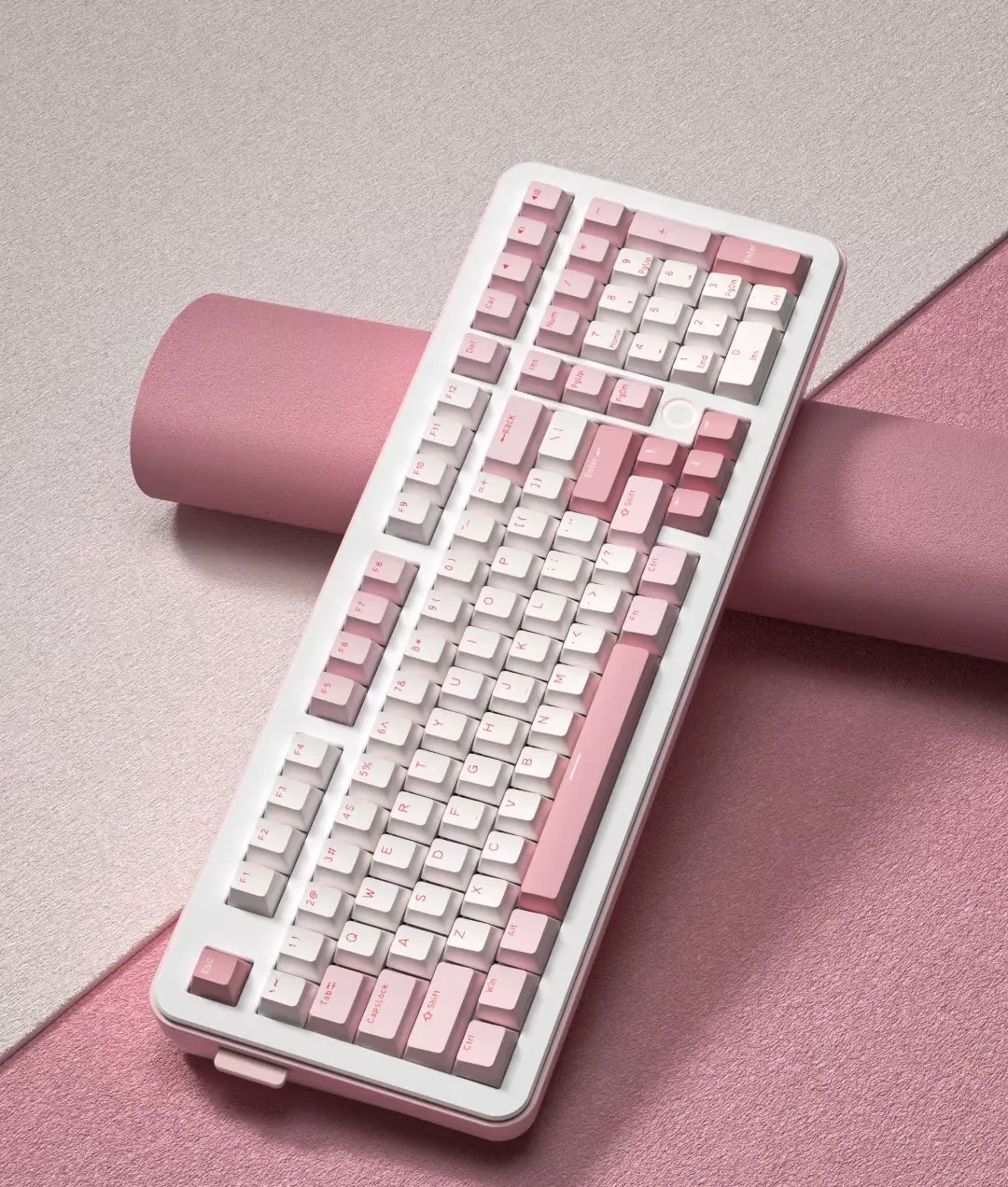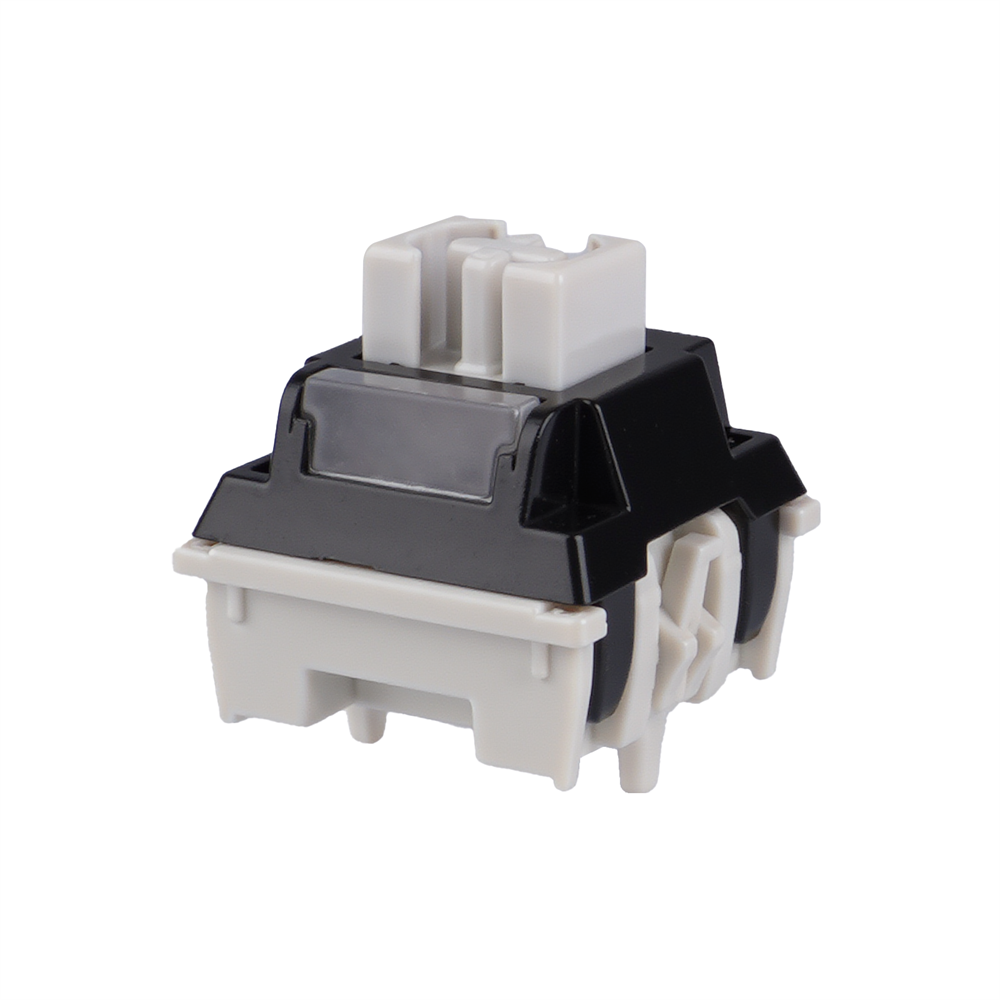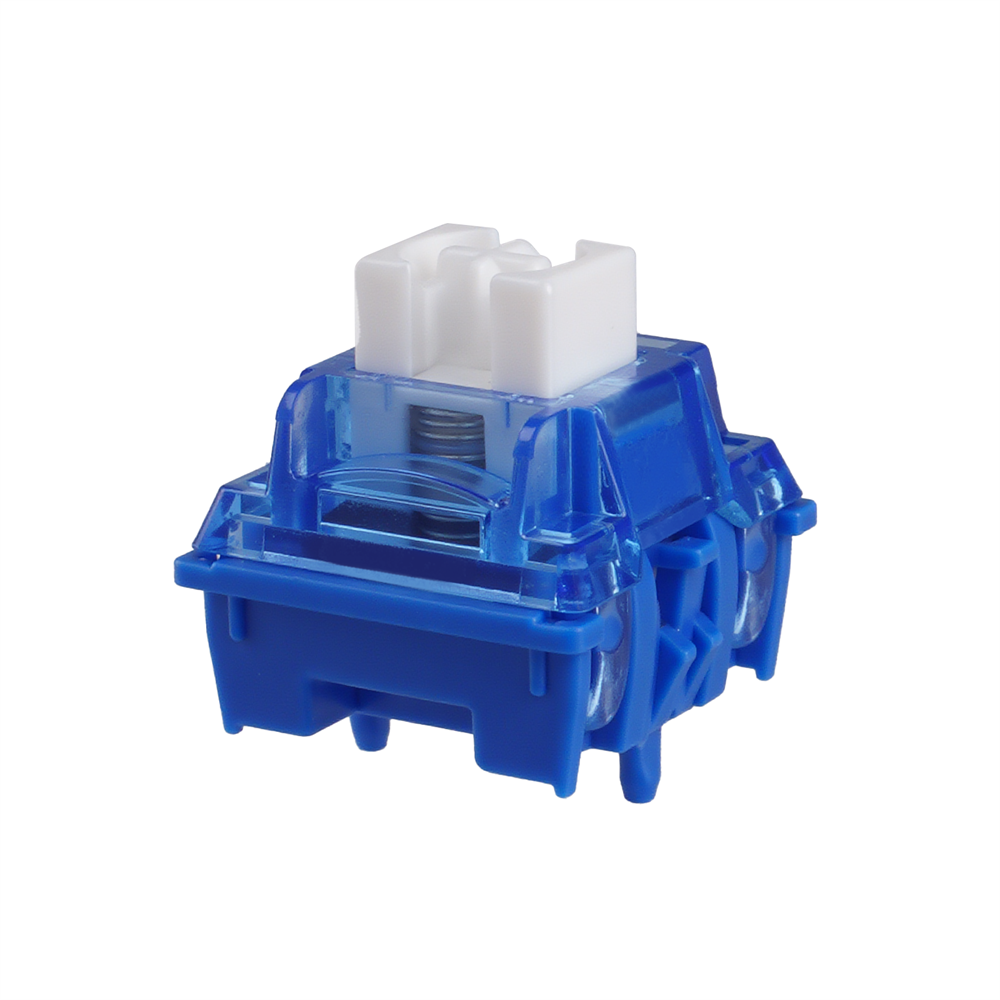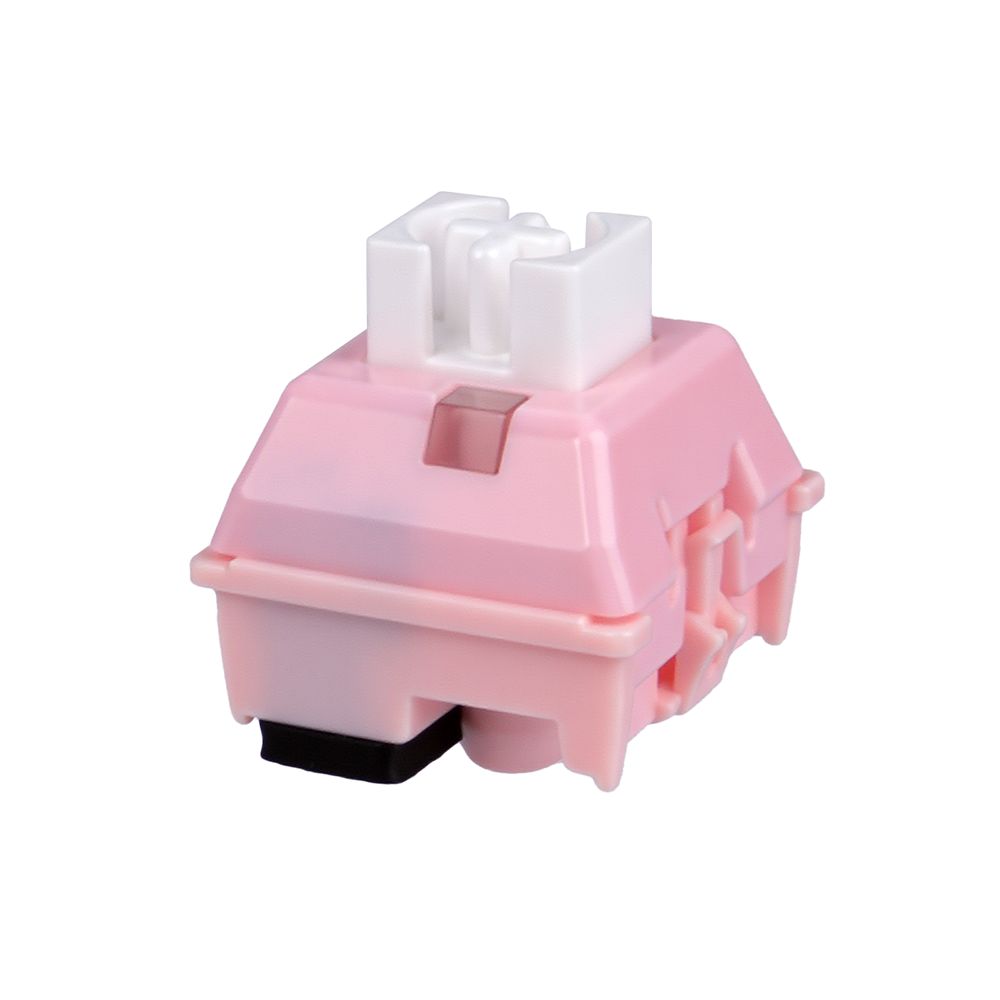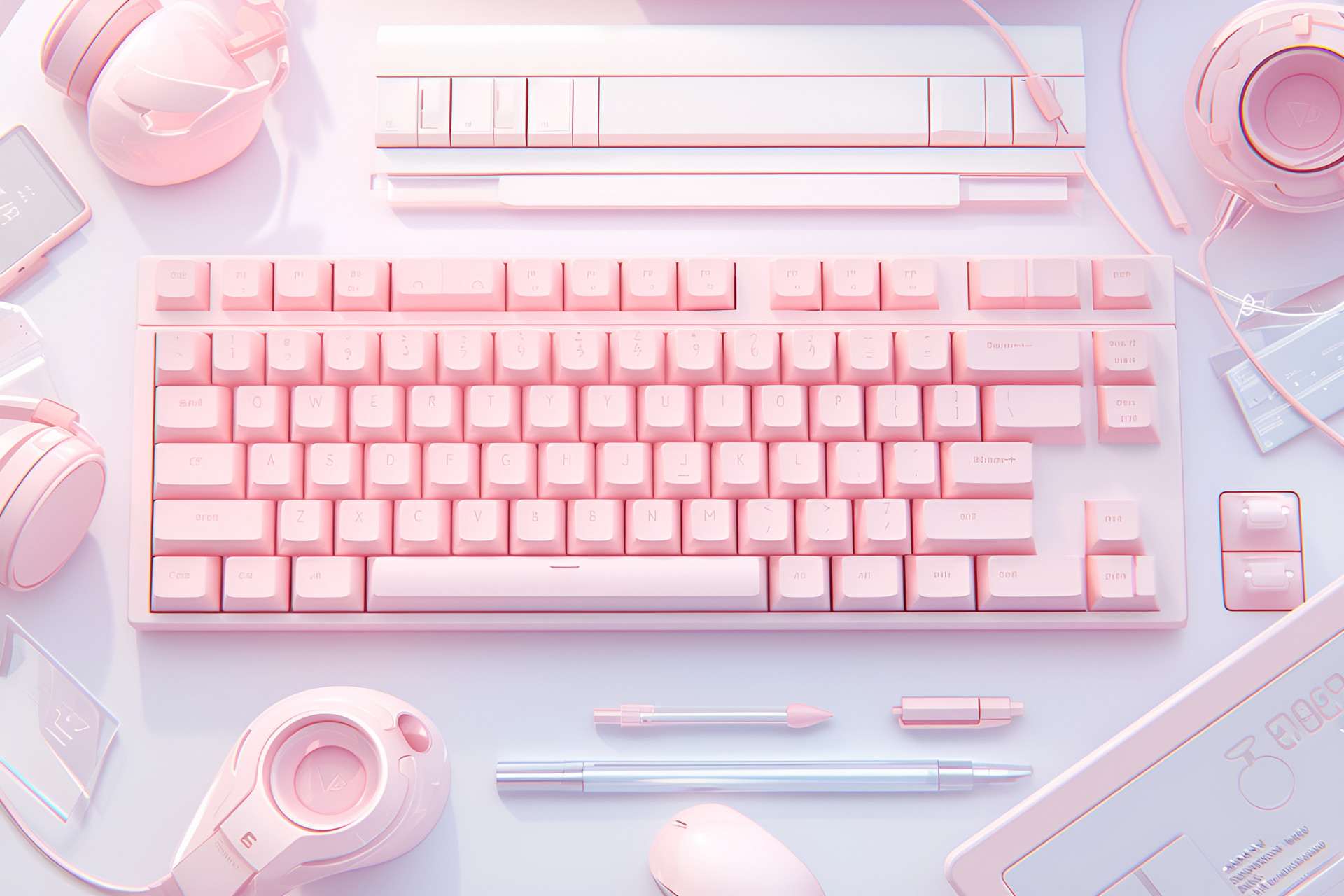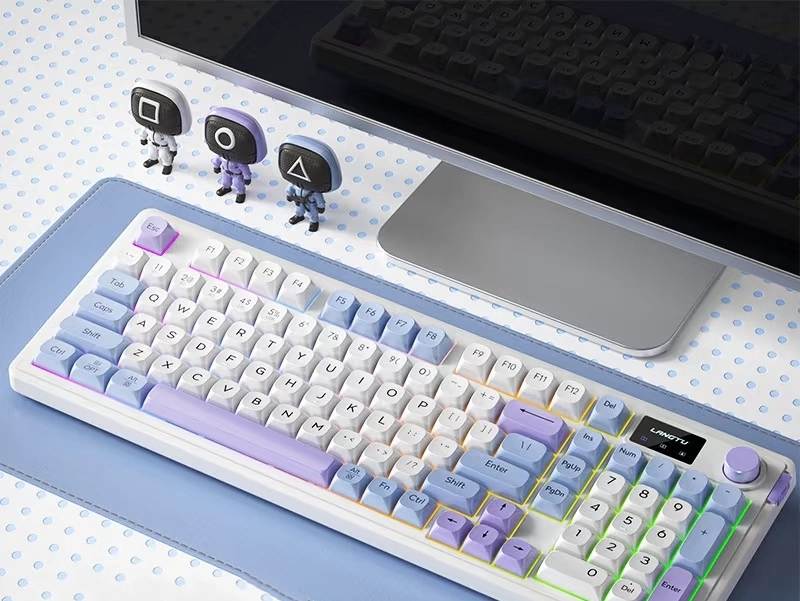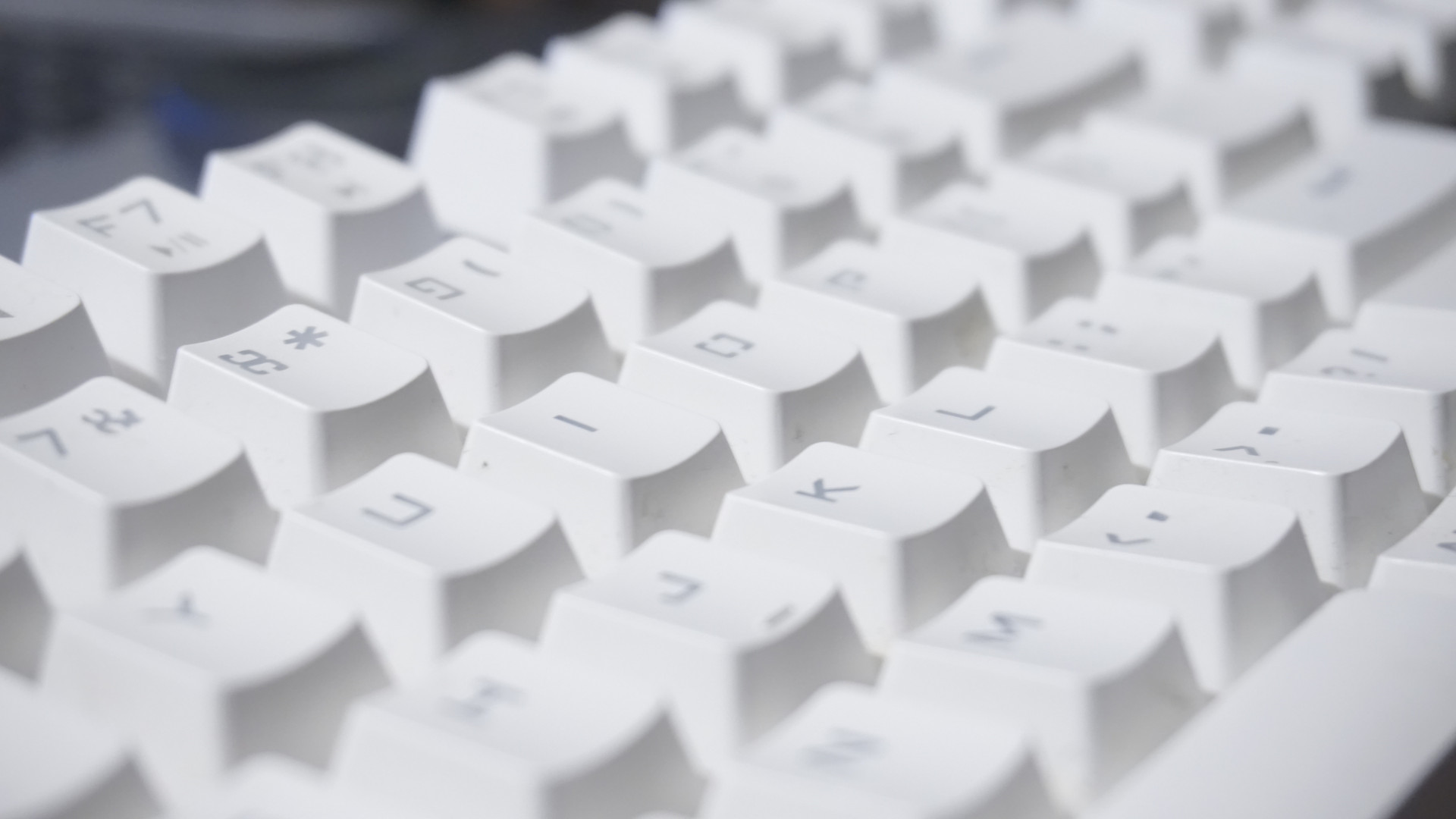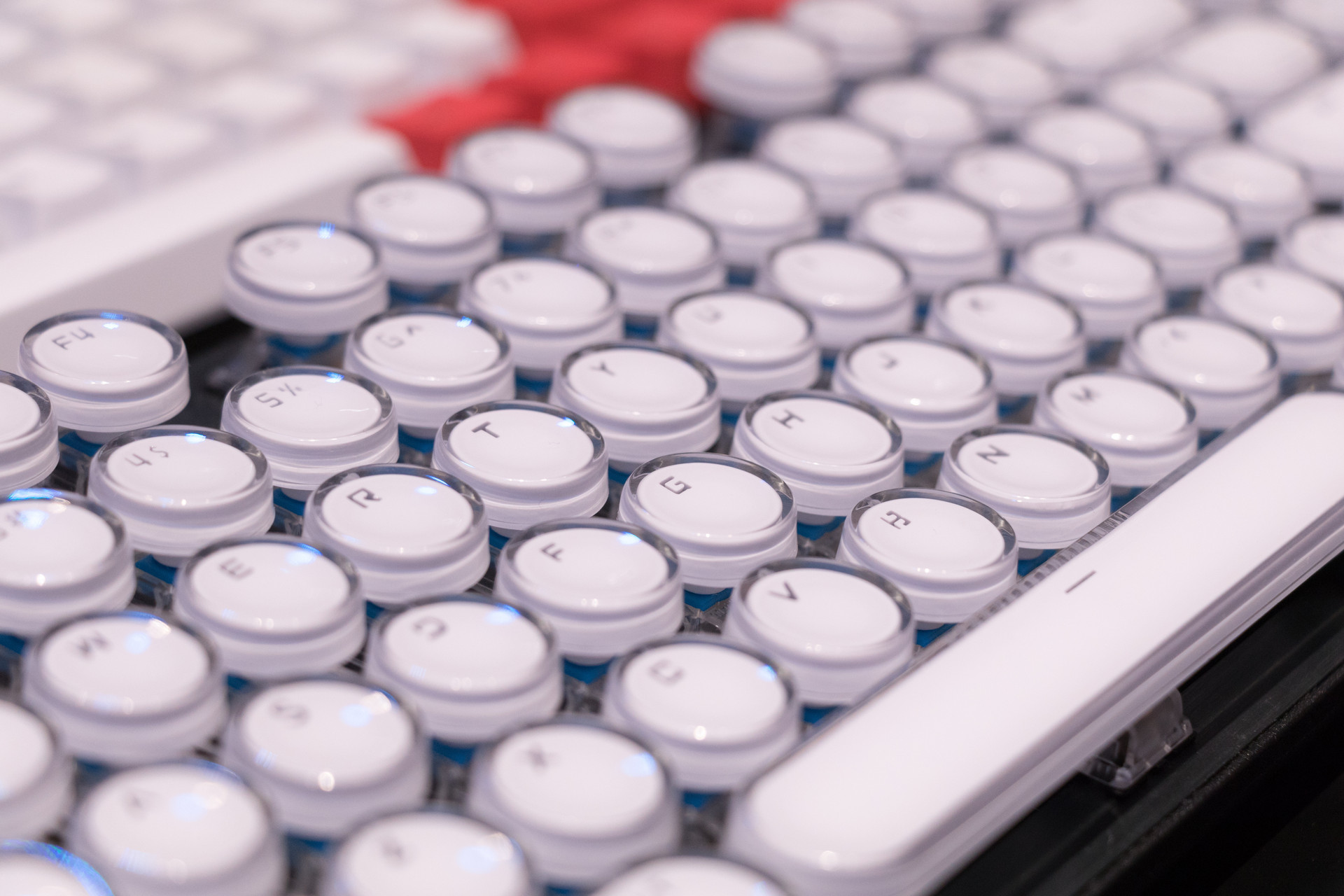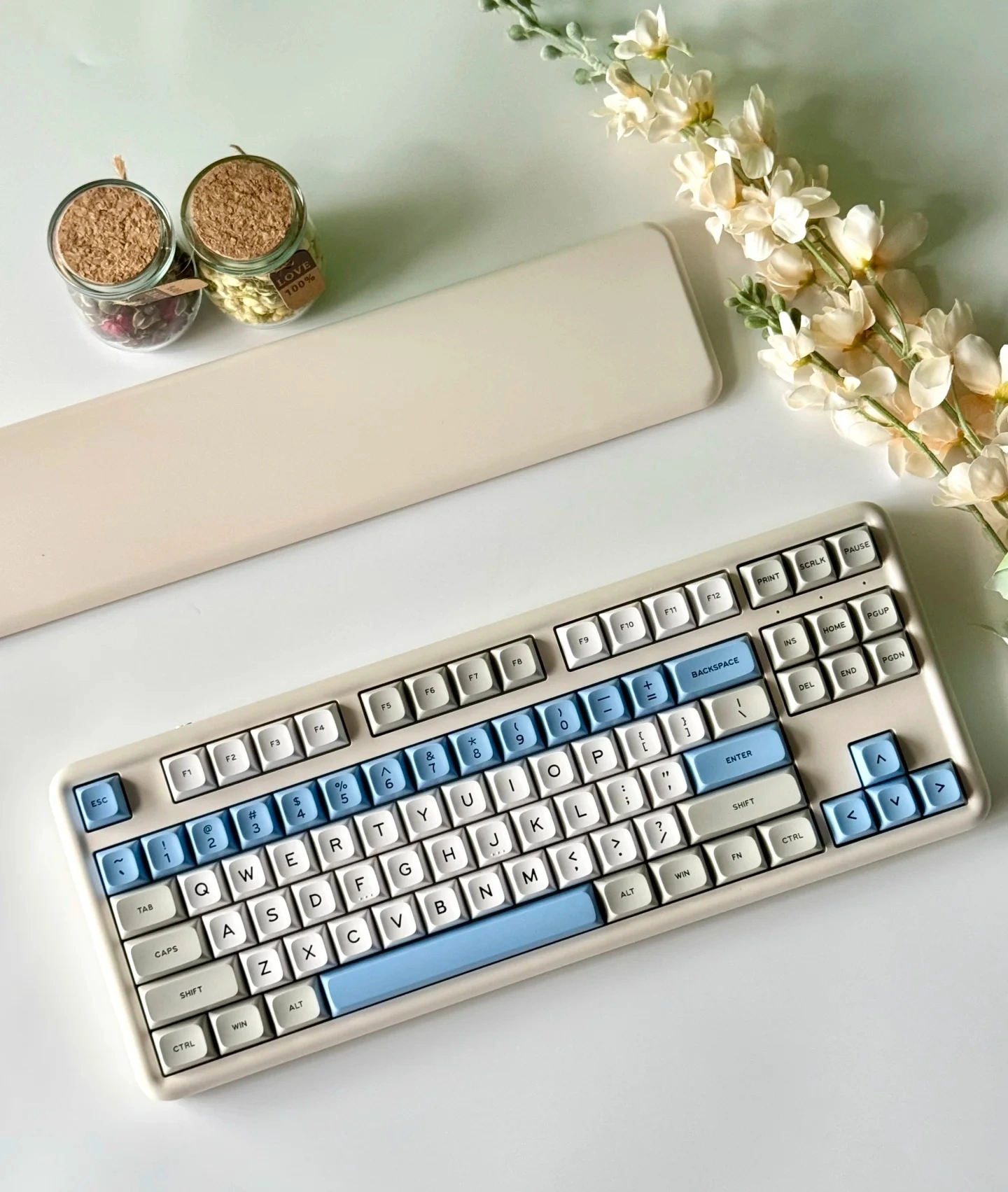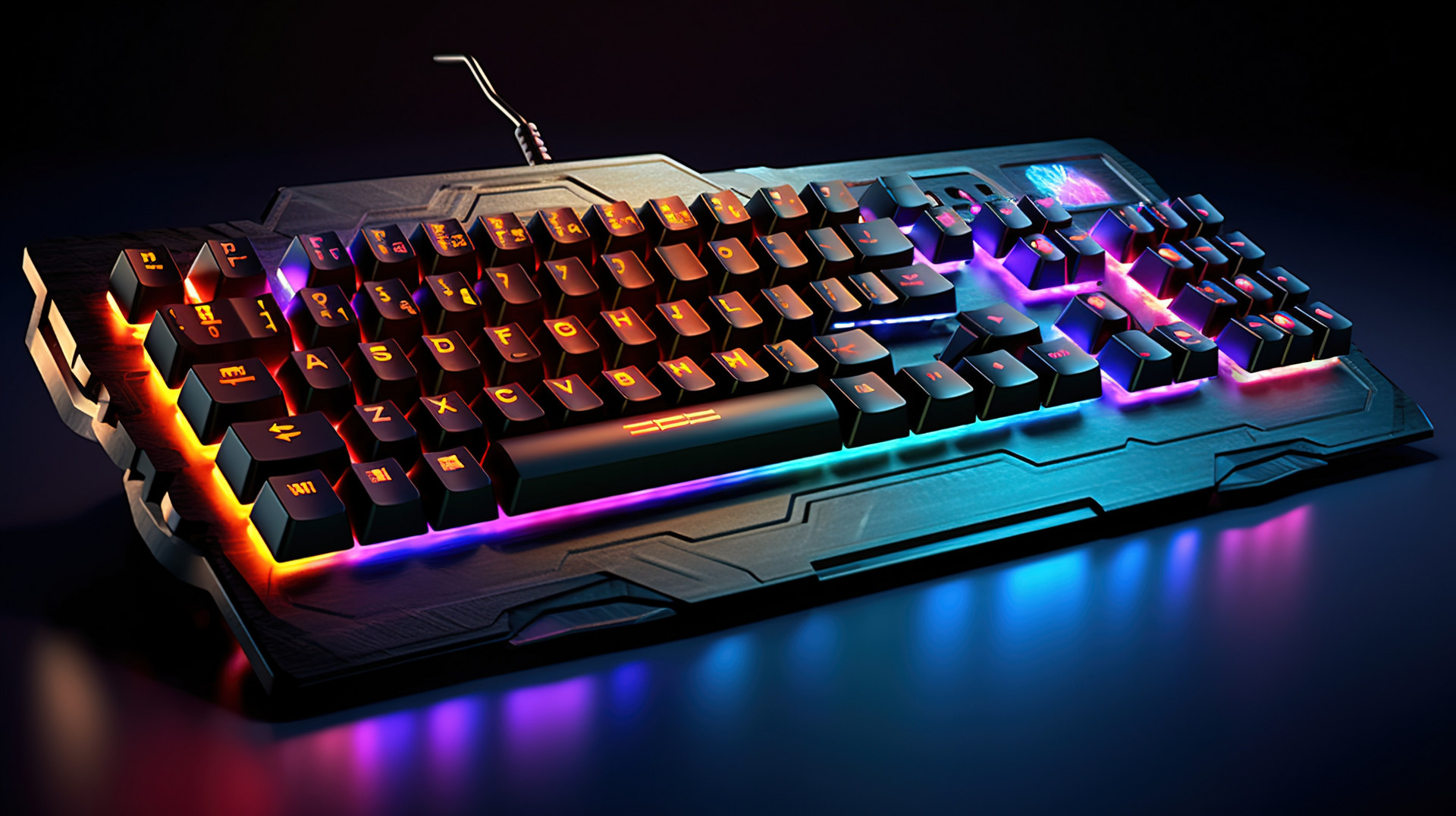Understanding Keypad Switch Technology and Its Core Advantages
Discover how keypad switch technology enhances modern device performance through durability, responsiveness, and ergonomic design. Learn why silent linear switches are redefining comfort, precision, and noise-free operation across industries.
In the digital age, every touch, press, and command we make depends on one simple but crucial component — the keypad switch. Whether you’re typing on a laptop, controlling industrial machinery, or navigating a smart appliance, keypad switches quietly handle the most fundamental interaction between humans and machines.
They may look simple, but behind each key press lies years of engineering development, material science, and human-centered design. Among all switch innovations, silent linear switches have drawn special attention — offering a smooth, noise-free, and durable typing experience that redefines how we interact with technology.
This article explores the fundamentals, evolution, and advantages of keypad switch technology and explains why silent linear switches are becoming the new standard for performance and comfort.
The Evolution of Keypad Switch Technology
The story of keypad switches begins with the earliest mechanical switches, used in telegraphs, typewriters, and control panels. These early devices relied on metal contacts to complete circuits — durable but bulky, noisy, and limited in speed.
As electronics became smaller and more sophisticated, engineers introduced membrane switches — thin, flexible layers of conductive materials that replaced the mechanical mechanisms. They allowed devices to become lighter, sealed against dust and moisture, and more reliable over millions of presses.
Over time, innovation led to mechanical key switches with spring-loaded mechanisms for tactile precision, and later, capacitive switches that responded to touch without physical force. Each step in this evolution focused on improving one thing: the quality of human interaction.
Today, keypad switch technology integrates multiple forms — mechanical, membrane, capacitive, and piezoelectric — offering a wide range of tactile sensations, response times, and durability. From smartphones to spacecraft control systems, every modern interface depends on the humble keypad switch.
What Is a Keypad Switch and How Does It Work
A keypad switch is an electrical component that translates physical input into an electronic signal. When you press a button, it closes a circuit that tells a device to perform an action. The structure is simple:
· The top layer is what you touch — a cap or surface often made of silicone, plastic, or metal.
· Beneath it is a dome or spring layer, which gives the tactile feel and resistance.
· The bottom circuit layer detects and transmits the signal.
This layered design can be customized for countless use cases — from waterproof control panels to ultra-sensitive touchscreens. In mechanical keyboards, each key has its own individual switch, while in membrane panels, multiple keys share a single circuit layer.
At its core, a keypad switch is about translating motion into information. And how well it performs that task determines the efficiency, accuracy, and comfort of our everyday interactions.
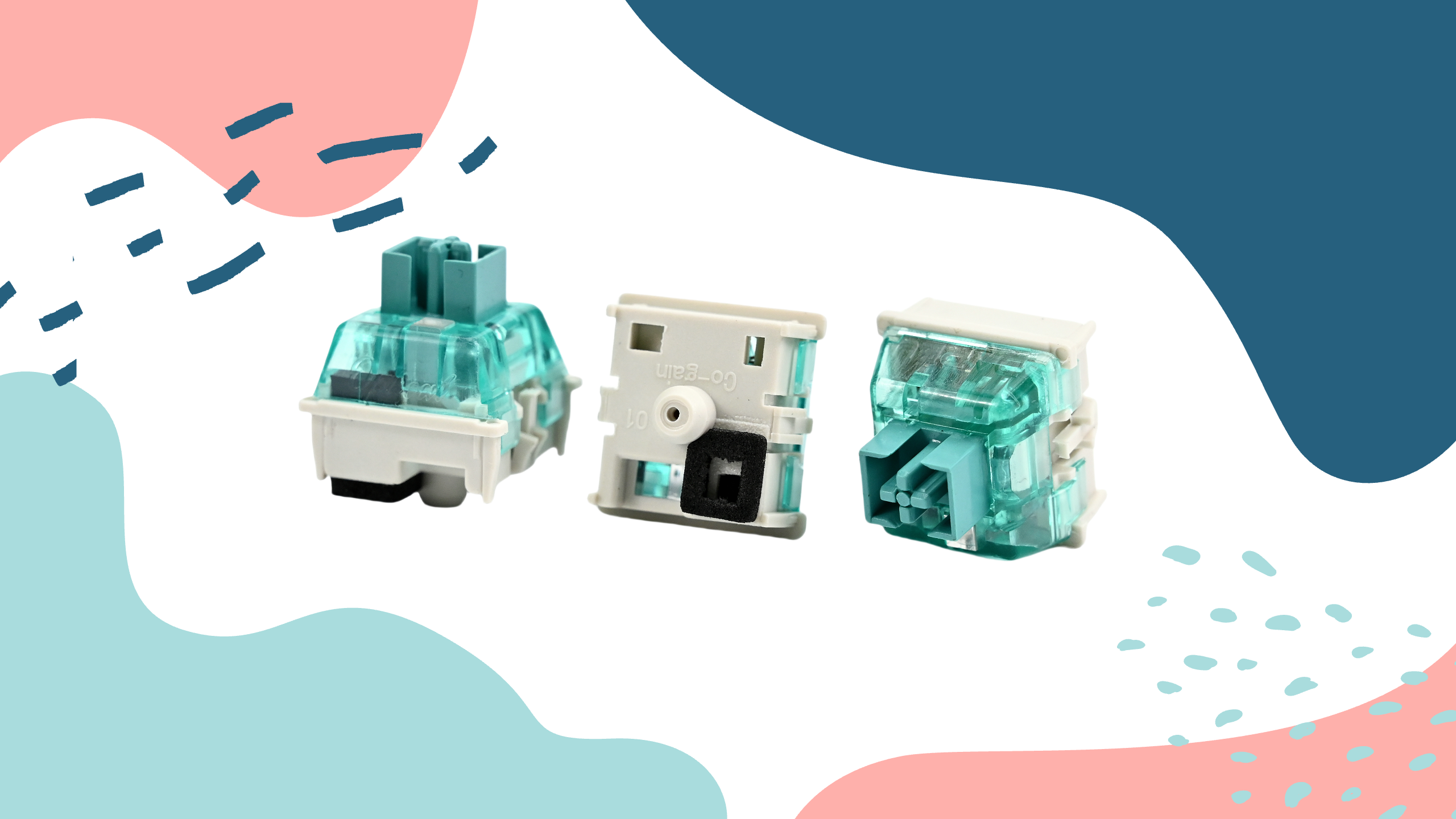
The Rise of Silent Linear Switches
Among the many types of keypad switches, silent linear switches have become one of the most desirable. Their popularity comes from a simple but powerful promise — smooth, silent, and consistent key action.
Unlike tactile or clicky switches that produce a noticeable bump or sound when pressed, silent linear switches offer uninterrupted movement from top to bottom. This results in a quieter experience and reduces finger fatigue during long typing or gaming sessions.
The key features include:
· Smooth actuation: The switch moves directly downward without tactile bumps.
· Noise dampening: Integrated rubber or silicone pads absorb sound and vibration.
· Low actuation force: Requiring only light pressure, typically between 35g and 45g.
· High durability: Rated for up to 70 million keystrokes.
· Consistency: Every key feels identical in pressure and sound.
This combination of precision and silence makes them ideal for offices, studios, classrooms, and anywhere sound control and comfort matter as much as performance
Why Material Matters in Keypad Switch Design
The materials used in a keypad switch directly determine its durability, feel, and overall performance.
The keycap is usually made from ABS or PBT plastic. PBT is preferred for its matte texture and resistance to wear, while ABS provides a smoother, lighter touch. The switch housing is often made from clear polycarbonate or nylon, chosen for strength and stability.
The spring defines how heavy or light the key feels to press, while the stem controls travel distance and actuation style. Many manufacturers now use lubricants and damping materials to reduce friction and noise, a defining feature of silent linear switches.
Advances in polymer technology have enabled greater consistency in manufacturing, allowing thousands of switches to behave identically — a critical factor for keyboards, control panels, and professional-grade instruments.
The Core Advantages of Keypad Switch Technology
1. Durability and Longevity
Modern keypad switches, especially mechanical and silent linear types, can withstand tens of millions of presses. This endurance makes them reliable for heavy-use environments like ATMs, medical devices, and industrial machines.
2. Comfort and Ergonomics
A well-designed switch minimizes strain and maximizes comfort. Silent linear switches provide gentle actuation with minimal noise, allowing for longer periods of use without fatigue — whether you’re coding, gaming, or designing.
3. Noise Reduction
In open workspaces or shared environments, noise is a key factor. Silent switches are engineered to reduce sound dramatically, creating a peaceful experience without sacrificing feedback or performance.
4. Responsiveness and Accuracy
Precision engineering ensures every key press registers instantly. This responsiveness enhances speed and control — critical for gaming, fast data entry, or control systems that rely on quick, error-free input.
5. Design Flexibility
Keypad switches are highly customizable in layout, shape, resistance, color, and illumination. This flexibility makes them suitable for products ranging from luxury keyboards to rugged outdoor equipment.
6. Resistance to Harsh Conditions
For industrial and outdoor applications, keypad switches can be sealed to resist water, dust, and chemicals, meeting standards such as IP67. This guarantees reliability even in extreme conditions.
7. Energy Efficiency
Unlike large mechanical levers or touchscreens that require constant power, keypad switches consume minimal energy, making them perfect for low-power devices and battery-operated systems.
The Expanding Role of Silent Linear Switches
What began as a niche preference among keyboard enthusiasts has now become a mainstream requirement. Silent linear switches are being integrated across multiple industries for their blend of comfort, precision, and durability.
In corporate offices, they reduce distraction and promote focus.
In creative studios, they enable quiet editing and recording sessions.
In medical environments, they prevent disruptive noise while maintaining reliable performance.
In industrial control systems, they deliver consistency and silence in multi-user workspaces.
Consumer electronics also benefit from silent keypad technology. Smart home panels, tablets, and handheld devices increasingly use low-noise switches for a premium tactile experience without the mechanical sound.
Choosing the Right Keypad Switch
Selecting the best keypad switch for a product or project depends on balancing multiple factors:
· Application: consumer, industrial, or medical?
· Environment: exposure to dust, temperature, or vibration?
· User preference: tactile feedback, linear motion, or clicky sound?
· Durability requirement: how often will it be used per day?
· Noise constraint: should operation be silent or audible?
For most modern work and home applications, silent linear switches strike the ideal balance. They provide a premium feel, last for years, and maintain a peaceful workspace environment. For industrial use, membrane or piezo switches might be more appropriate when sealing or chemical resistance is required.
Innovations and Future Trends
Keypad switch technology continues to evolve rapidly, with several trends shaping its future.
Smart Integration: New-generation switches include lighting, sensors, and even haptic feedback. They can connect to IoT systems, allowing real-time monitoring and adaptive response.
Sustainable Materials: Manufacturers are adopting recyclable plastics and lead-free components, aligning with global sustainability and ESG goals.
Customization and Modularity: Users can now swap stems, springs, and housings to fine-tune key feel. Modular switch systems also make repair and recycling easier, extending the product’s life cycle.
The future of keypad switches will be defined by smarter, greener, and more personalized interaction experiences — and silent linear switches will remain a cornerstone of that progress.
Conclusion
Behind every smooth, silent key press lies decades of innovation. The keypad switch is one of the smallest yet most critical elements of modern design — translating human intent into precise electronic response.
The emergence of silent linear switches marks a new chapter, combining technical excellence with user comfort and environmental awareness. They are the perfect intersection of performance and peace — durable enough for industry, refined enough for professionals, and quiet enough for the modern world.
Understanding keypad switch technology means understanding the subtle craft behind human-machine interaction. It’s not just about buttons; it’s about creating tools that respond as naturally and silently as thought itself.
